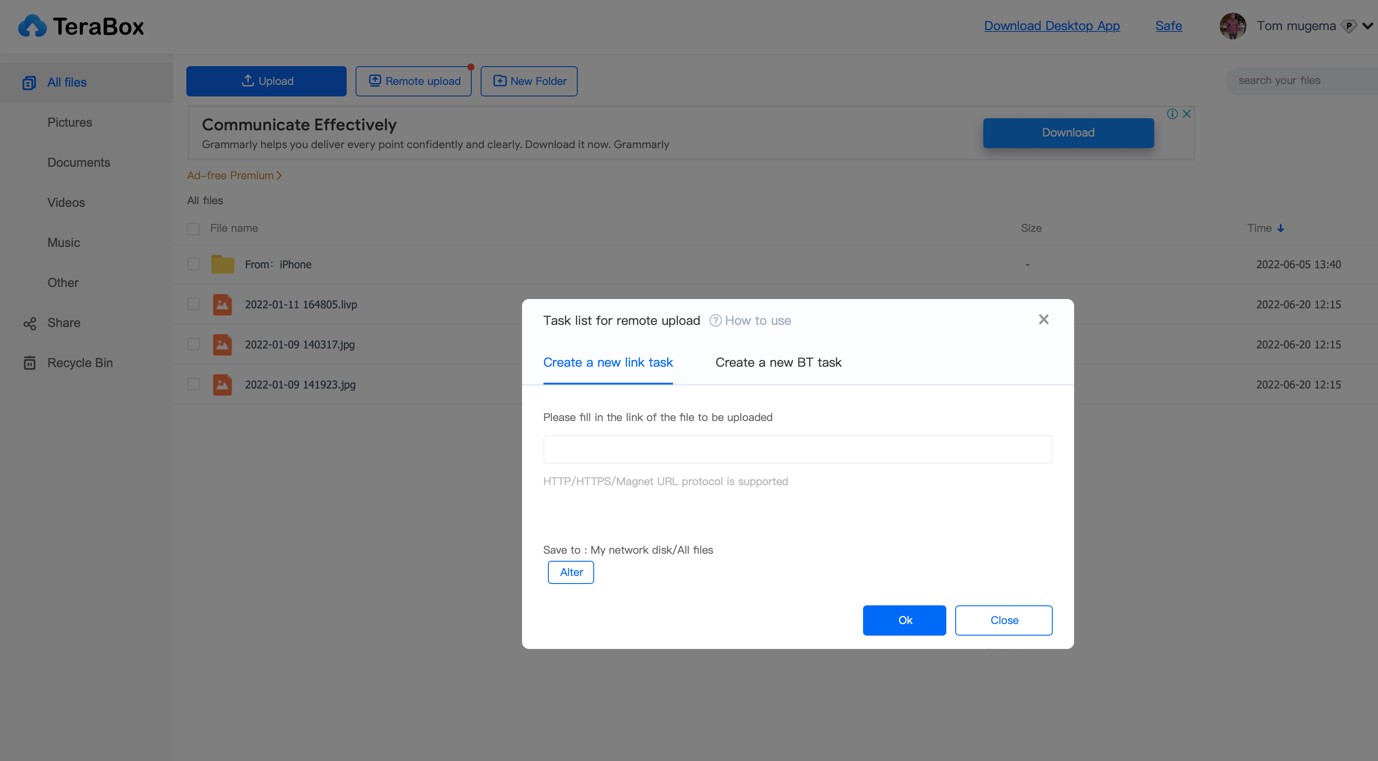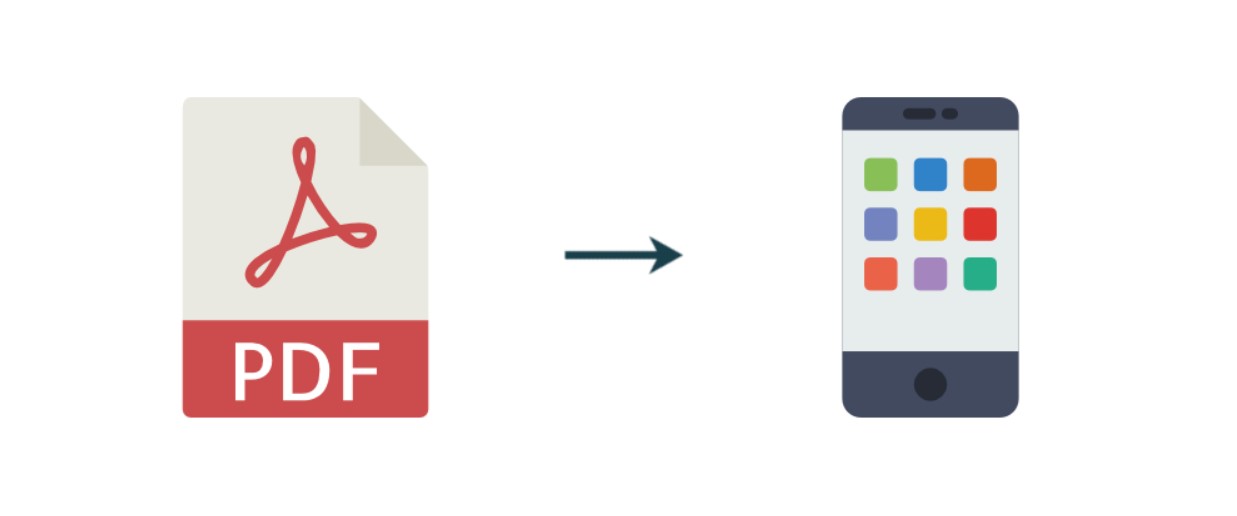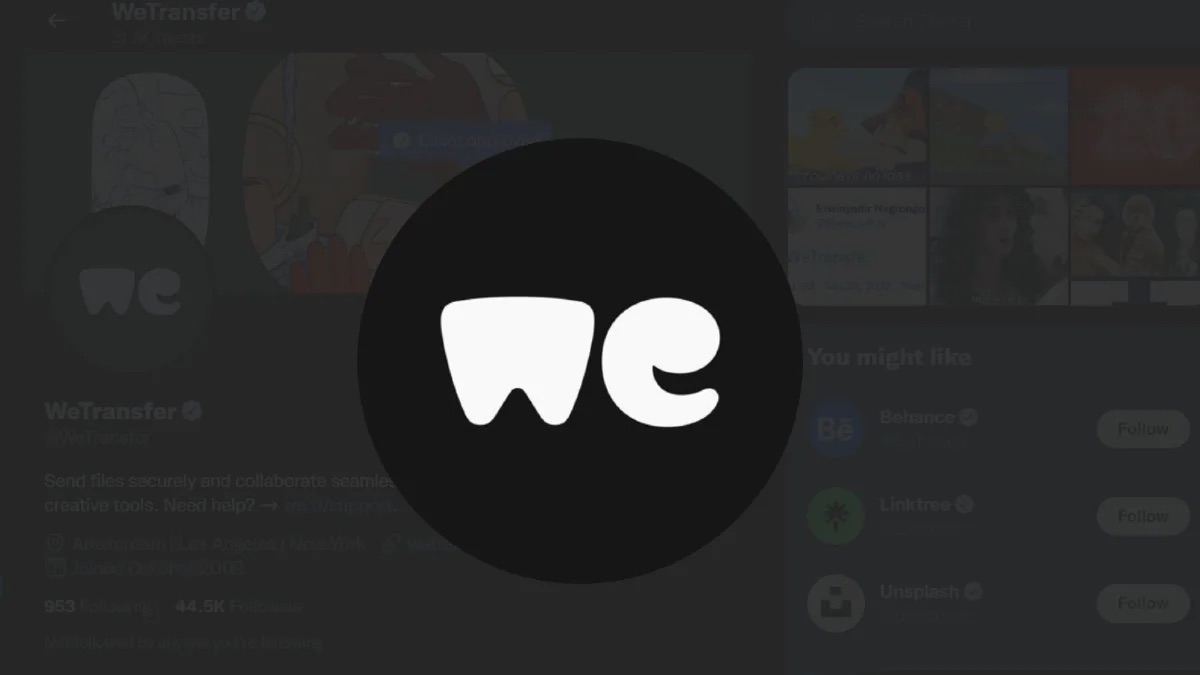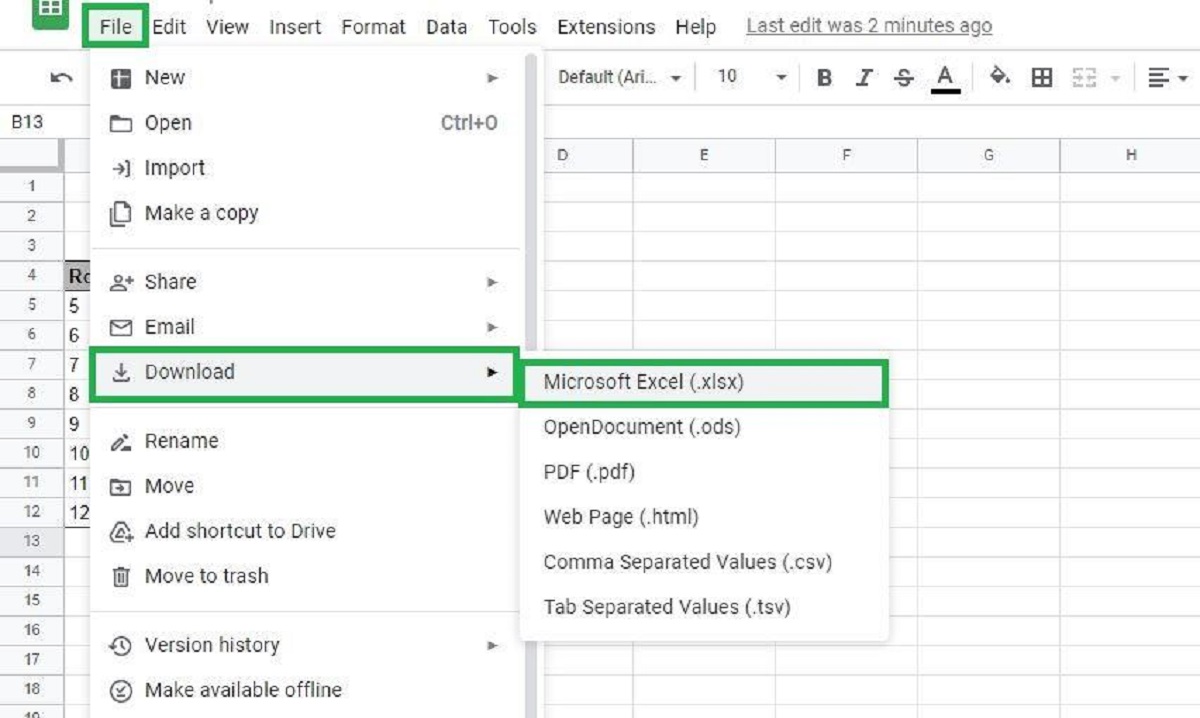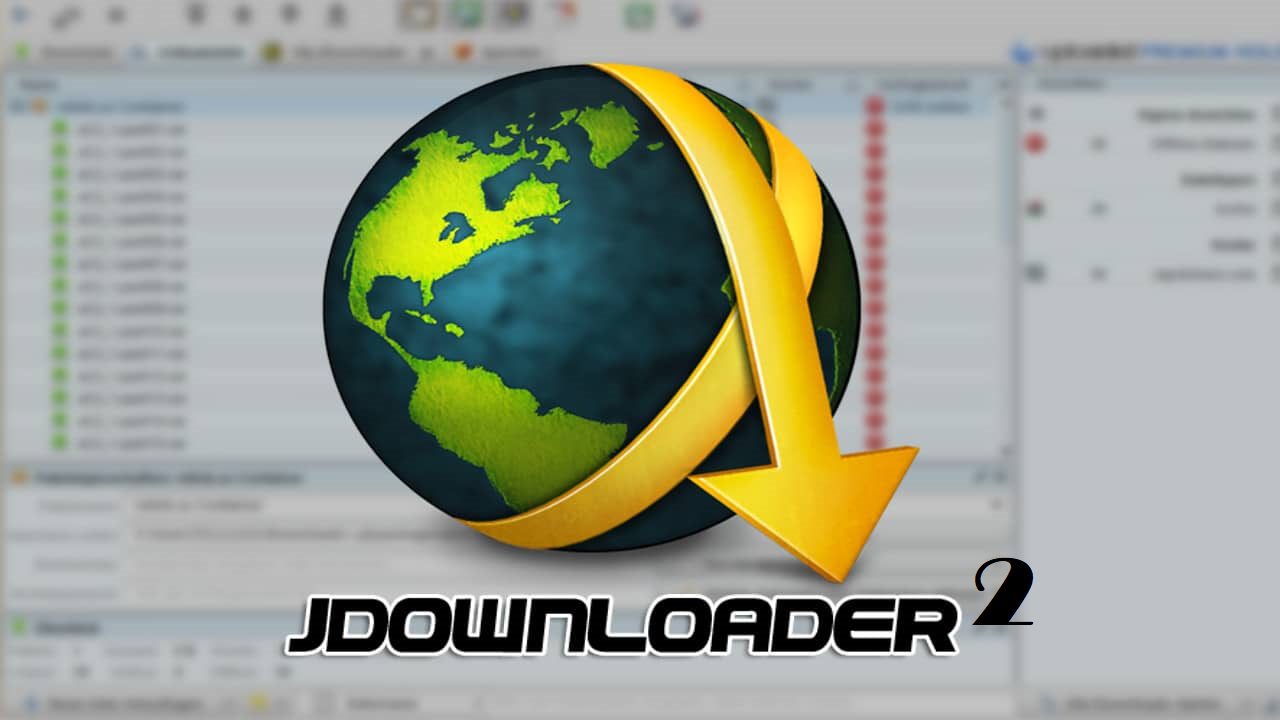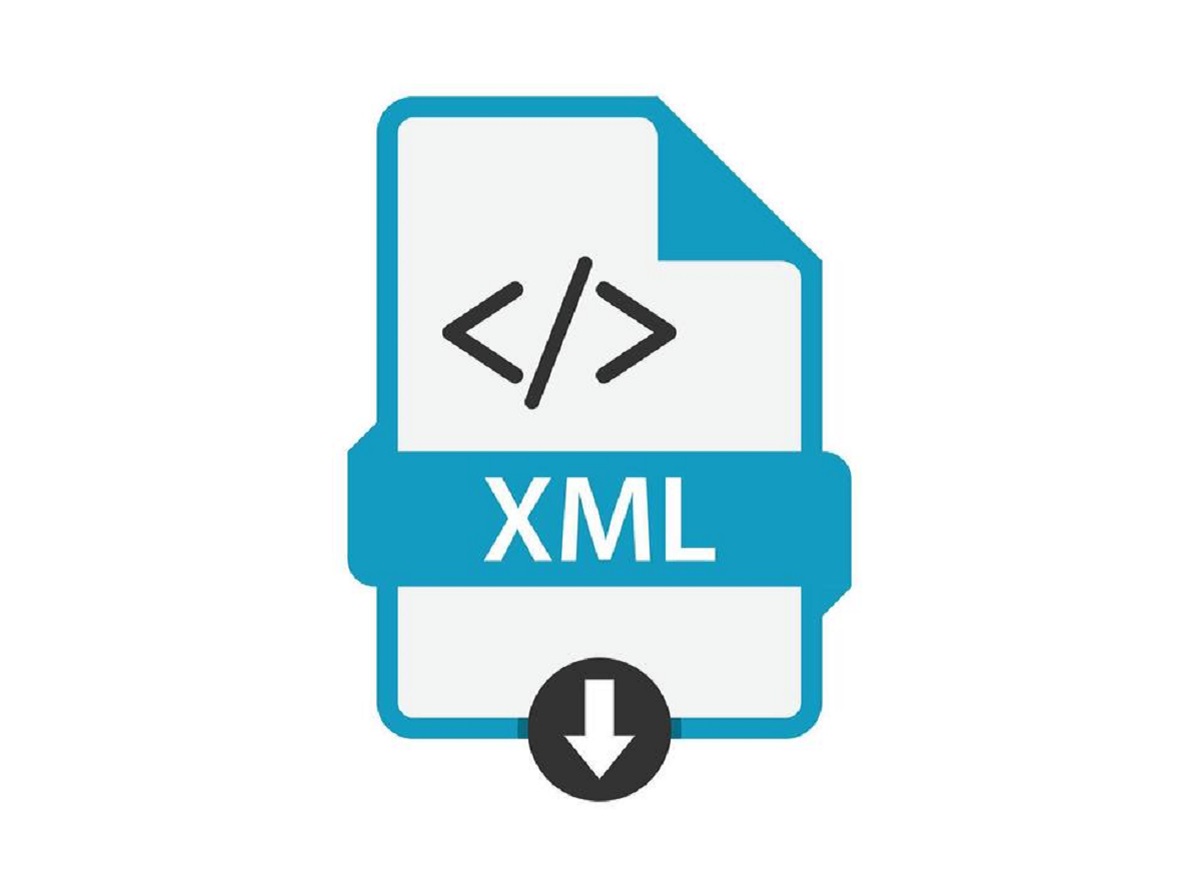Introduction
When browsing the web, you’ve likely come across various types of links – from clickable buttons to hyperlinked text. These links can take you to another webpage, redirect you to a specific section of a page, or even initiate a file download. In this article, we’ll focus on the latter: how to make a link download a file.
So, what exactly is a file download link? It’s a specially formatted hyperlink that, when clicked, prompts a file to be downloaded directly to the user’s device, such as a computer or smartphone. This allows visitors to easily access files such as documents, images, videos, and more.
While it may seem simple, knowing how to create a download link can be incredibly useful, whether you’re a website owner, blogger, or content creator. By providing a straightforward way for visitors to obtain files from your site, you can enhance user experience and make information more accessible.
In this article, we’ll explore different ways to make a link download a file, from the basics to more advanced techniques. We’ll cover how to add a file name, file size, and even a file icon to the download link. Additionally, we’ll discuss adding a download confirmation prompt to give users an extra layer of control.
If you’re interested in tracking the number of file downloads on your website, we’ll show you how to set that up using Google Analytics. This information can be invaluable for understanding user behavior and determining the popularity of your files.
So, whether you’re a web developer seeking to optimize your site’s functionality or a blogger looking to improve the user experience, read on to discover how to make a link download a file.
What is a file download link?
A file download link is a type of hyperlink that, when clicked, initiates the download of a file to the user’s device. It serves as a direct and convenient way for website visitors to access and save files, such as documents, images, videos, audio files, and more. By simply clicking the download link, the file is transferred from the server to the user’s computer or mobile device.
File download links are commonly used on websites that provide resources, such as software downloads, e-books, PDF documents, templates, and multimedia files. They enable users to obtain these files with just a single click, saving time and effort.
These links can be created in various formats, depending on the type of file and the desired user experience. In its simplest form, a file download link is created by specifying the file’s URL in an anchor tag. When the user clicks on the link, the web browser recognizes the file type and prompts the user to save or open the file.
File download links can be easily distinguished from regular hyperlinks as they often have a specific download icon displayed alongside the link text. This icon signals to users that clicking the link will result in a file being downloaded to their device.
It’s worth noting that the behavior of file download links can be modified to suit different requirements. For example, the file can be set to automatically open upon clicking the link, bypassing the download prompt. Alternatively, a download confirmation prompt can be added to give users an extra layer of control, asking them to confirm their intent to download the file.
Now that we understand what a file download link is and its functionality let’s explore how to create and customize these links to enhance the user experience and meet specific needs.
Why would you want to make a link download a file?
Making a link download a file can provide numerous benefits in terms of user experience, accessibility, and content delivery. Let’s take a look at some of the key reasons why you might want to incorporate file download links on your website:
1. Easy access to files: By offering download links, you provide a convenient way for users to access files directly from your website. This eliminates the need for them to navigate through multiple pages or perform complex actions to obtain the desired files.
2. File sharing: Whether you’re a content creator, blogger, or business, allowing users to download and share files can greatly expand the reach of your content. Users can easily save and distribute files, helping to increase visibility and engagement with your brand.
3. Enhanced user experience: Simplifying the process of downloading files can greatly improve the user experience on your website. Visitors can quickly retrieve the resources they need, whether it’s a software application, a presentation, or an informational document.
4. Offline access: By making files available for download, users can save them locally on their devices. This allows them to access the files at any time, even without an internet connection. Offline access is particularly beneficial for mobile users who may not always have a stable internet connection.
5. Customization and branding opportunities: When creating download links, you can customize the appearance and behavior to align with your brand or website design. You can add file names, icons, and other visual elements to make the links more visually appealing and consistent with your overall branding.
6. Resource sharing and collaboration: Download links can facilitate collaboration and resource sharing, especially when it comes to large files or complex projects. Users can easily download and access shared files for review, editing, or further collaboration.
7. Tracking and analytics: By implementing analytics tools like Google Analytics, you can track the number of file downloads on your website. This data can provide valuable insights into user engagement, popular content, and the effectiveness of your file offerings.
Overall, making a link download a file offers a seamless and efficient way for users to retrieve and engage with your content. Whether it’s for information sharing, branding, or improving user experience, incorporating download links can have a positive impact on your website’s functionality.
How to create a simple download link
Creating a simple download link involves adding a few lines of code to your HTML. Here’s a step-by-step guide on how to do it:
Step 1: First, locate the file you want users to download on your website. Make sure the file is accessible on your server.
Step 2: Open your HTML file in a text editor or a code editor of your choice. Identify the section of the document where you want to insert the download link.
Step 3: In the HTML file, use the anchor tag (<a>) to create a link. Set the href attribute to the URL or file path of the file you want to make available for download.
Here’s an example:
<a href="/path/to/your/file.pdf">Download Now</a>Step 4: Customize the link text. Instead of “Download Now,” you can use descriptive text that indicates the nature of the file and prompts users to download it. For example:
<a href="/path/to/your/file.pdf">Download My PDF Guide</a>Step 5: Save the HTML file and open it in a web browser to test the download link. When users click on the link, the file should be downloaded to their device.
It’s important to note that the file path in the href attribute must be accurate and point directly to the file you want users to download. Ensure that the file is accessible and that the path provided matches the file’s location on your server.
By following these steps, you can create a simple download link that allows users to easily access and download files from your website. However, if you want to customize the download link further, such as adding a file name, file size, or a download prompt, there are additional techniques you can implement, which we’ll cover in the following sections.
Adding a file name to the download link
When providing a file for download, it’s helpful to include the file name in the download link. This not only gives users a clear indication of what they are downloading but also helps them organize and manage the downloaded files on their devices. Here’s how you can add a file name to your download link:
Step 1: Follow the steps mentioned in the previous section to create a basic download link.
Step 2: Inside the anchor tag (<a>), add the download attribute. Set the attribute value to the desired file name, including the file extension. For example:
<a href="/path/to/your/file.pdf" download="my-guide.pdf">Download My PDF Guide</a>In this example, the file will be downloaded with the name “my-guide.pdf” when the user clicks on the download link.
Step 3: Save the changes and test the download link in a web browser. When users click on the link, the file will be downloaded with the specified file name.
By adding a file name to the download link, you make it easier for users to identify the downloaded file and keep it organized. This can be particularly useful when downloading multiple files from the same website.
It’s important to note that not all web browsers support the download attribute. In browsers that do support it, the file will be downloaded with the specified name. In browsers that don’t support it, the file will be downloaded with its original name. Therefore, it’s a good practice to choose a meaningful and descriptive file name even if the download attribute is not supported.
This technique allows you to provide a more personalized and user-friendly experience when delivering files for download on your website. However, there are additional enhancements you can make, such as displaying the file size or adding a file icon, which we’ll explore in the following sections.
Adding a file size to the download link
Adding the file size to your download link provides users with valuable information about the file they are about to download. This can be particularly helpful for large files, as it allows users to estimate the download time and determine if they have enough storage space on their device. Here’s how you can add the file size to your download link:
Step 1: Follow the steps mentioned in the previous sections to create a basic download link with the file name.
Step 2: Retrieve the file size of the file you want to make available for download. You can do this by accessing the properties or details of the file on your computer or server.
Step 3: Inside the anchor tag (<a>), add a text representation of the file size after the link text. For example, if the file size is 10MB, you can add it as follows:
<a href="/path/to/your/file.pdf" download="my-guide.pdf">Download My PDF Guide</a> (10MB)In this example, the file size is indicated in parentheses after the link text.
Step 4: Save the changes and test the download link in a web browser. The download link will now display the file name along with the file size.
By including the file size in the download link, you provide users with relevant information to help them make informed decisions about their downloads. This transparency can enhance their overall experience on your website.
Remember that file sizes can vary greatly, so it’s essential to consider the file format and optimize files when possible. Compressing images, reducing audio or video bitrates, or utilizing file formats that offer better compression can help minimize file sizes and improve download speeds.
Adding the file size is just one way to provide users with additional information about the download. In the next section, we’ll explore how to further enhance the download link by adding a file icon.
Adding a file icon to the download link
Adding a file icon to your download link not only makes it visually distinctive but also provides users with a visual cue that signifies a file download. This small addition can significantly improve the usability and user experience of your website. Here’s how you can add a file icon to the download link:
Step 1: Follow the steps mentioned in the previous sections to create a basic download link with the file name and size.
Step 2: Search for a suitable file icon that represents the file type you are offering for download. There are numerous websites that provide free or paid icon packs, or you can create your custom icon if you prefer.
Step 3: Download the file icon and save it to your web server. Make sure to note the file path or URL of the icon file.
Step 4: Inside the anchor tag (<a>), add an <img> tag before the link text. Set the src attribute of the <img> tag to the path or URL of the file icon. For example:
<a href="/path/to/your/file.pdf" download="my-guide.pdf"><img src="/path/to/your/icon.png" alt="Download Icon"> Download My PDF Guide</a>In this example, the <img> tag is used to display the file icon before the link text.
Step 5: Save the changes and test the download link in a web browser. The download link will now display the file icon alongside the link text.
By adding a file icon to the download link, you provide users with a visual indication that the link leads to a file download. This helps them quickly identify download links and reinforces the purpose of the link.
When choosing a file icon, ensure that it is intuitive and easily recognizable. Opt for icons that align with commonly understood symbols for file types, such as a paperclip for documents or a camera for images.
Remember to properly attribute or license any icons you use, especially if you obtain them from external sources, to respect the rights of the icon creators.
Now that we have customized the download link with a file icon, let’s explore how to add a download confirmation prompt for an extra layer of user control in the next section.
Adding a download confirmation prompt
Adding a download confirmation prompt to your download link is a useful way to give users an extra layer of control before initiating the file download. This prompt asks users to confirm their intent to download the file, reducing the possibility of accidental clicks or unwanted downloads. Here’s how you can add a download confirmation prompt to your download link:
Step 1: Start by following the steps mentioned in the previous sections to create a basic download link with the file name, size, and icon.
Step 2: Inside the anchor tag (<a>), add an onclick attribute and set its value to a JavaScript function that prompts the user for confirmation. For example:
<a href="/path/to/your/file.pdf" download="my-guide.pdf" onclick="return confirm('Are you sure you want to download this file?')"><img src="/path/to/your/icon.png" alt="Download Icon"> Download My PDF Guide</a>In this example, the onclick attribute triggers the confirm() function, which displays a confirmation dialog with the provided message.
Step 3: Save the changes and test the download link in a web browser. When users click on the download link, they will be prompted with a confirmation dialog before proceeding with the download.
By adding a download confirmation prompt, you give users the opportunity to double-check their intention before initiating the download. This is especially useful for large files, sensitive information, or cases where a user might accidentally click on the download link.
Keep in mind that the download confirmation prompt relies on JavaScript, so it may not be effective for users who have JavaScript disabled in their browsers. In such cases, the download will proceed as normal without the confirmation prompt.
Also, note that the text of the confirmation prompt can be customized to better suit your website’s branding and the specific context of the download. However, it’s important to keep the message clear and concise to avoid confusion or frustration for users.
Now that we have covered adding a download confirmation prompt, we’ll explore how to track file downloads with the help of Google Analytics in the next section.
How to track file downloads with Google Analytics
Tracking file downloads on your website can provide valuable insights into user engagement and help you understand which files are the most popular or frequently accessed. Google Analytics offers a straightforward way to track these downloads and gather relevant data. Here’s how you can set up file download tracking with Google Analytics:
Step 1: Make sure you have a Google Analytics account and have installed the Google Analytics tracking code on your website. If you haven’t done this yet, follow the instructions provided by Google to set up your account and obtain the tracking code.
Step 2: Identify the file download links on your website that you want to track. These are the links that, when clicked, initiate the file download.
Step 3: Modify the download links to include an event tracking code. You can do this by adding an onclick attribute to the anchor tag and using the Google Analytics ga() function to send an event. Here’s an example:
<a href="/path/to/your/file.pdf" onclick="ga('send', 'event', 'File Downloads', 'Download', 'My PDF Guide')">Download My PDF Guide</a>In this example, the onclick attribute triggers the ga() function, which sends an event to Google Analytics. The event includes the category (“File Downloads”), the action (“Download”), and the label (“My PDF Guide”) of the downloaded file.
Step 4: Save the changes and test the download links in a web browser. When users click on the download links, Google Analytics will record the file download event.
Step 5: Analyze the data in Google Analytics to gain insights into your file downloads. To view the file download data, navigate to the “Behavior” section in Google Analytics, select “Events,” and then click on “Top Events.” You should see a list of file download events along with their metrics.
By tracking file downloads with Google Analytics, you can understand which files are the most popular, which pages are driving downloads, and even measure the effectiveness of your marketing efforts. This data can help you make informed decisions about your content strategy and improve the user experience on your website.
Remember to regularly review and analyze the file download data in Google Analytics to gain valuable insights and optimize your download offering accordingly.
Now that we have covered how to track file downloads with Google Analytics, let’s conclude this article with a summary of the key points discussed.
Conclusion
In this article, we explored the process of making a link download a file and learned various techniques to enhance the user experience and functionality of these download links. We started by understanding the concept of a file download link and why it is useful for website owners, bloggers, and content creators.
We then discussed how to create a simple download link by adding the file URL or path to an anchor tag. From there, we explored ways to add a file name, file size, and even a file icon to the download link, providing users with more information and visual cues.
To give users an extra layer of control, we learned how to add a download confirmation prompt using JavaScript, allowing them to confirm their intent before initiating the file download.
Furthermore, we delved into the topic of tracking file downloads with Google Analytics. By implementing event tracking, we can gather data on user engagement and analyze the popularity and effectiveness of our files.
By incorporating these techniques, you can create download links that are user-friendly, informative, and aligned with your branding. Whether you’re sharing resources, providing software downloads, or offering multimedia files, making the download process seamless and intuitive can greatly enhance the user experience on your website.
Remember to regularly review the analytics data to gain insights and make data-driven decisions about your file offerings. This will help you better understand your audience, optimize your content strategy, and ultimately improve the success of your website or online presence.
We hope this article has provided you with valuable insights and practical guidance on how to make a link download a file. Harness the power of download links to enhance user experience, facilitate file sharing, and provide valuable resources to your audience.









